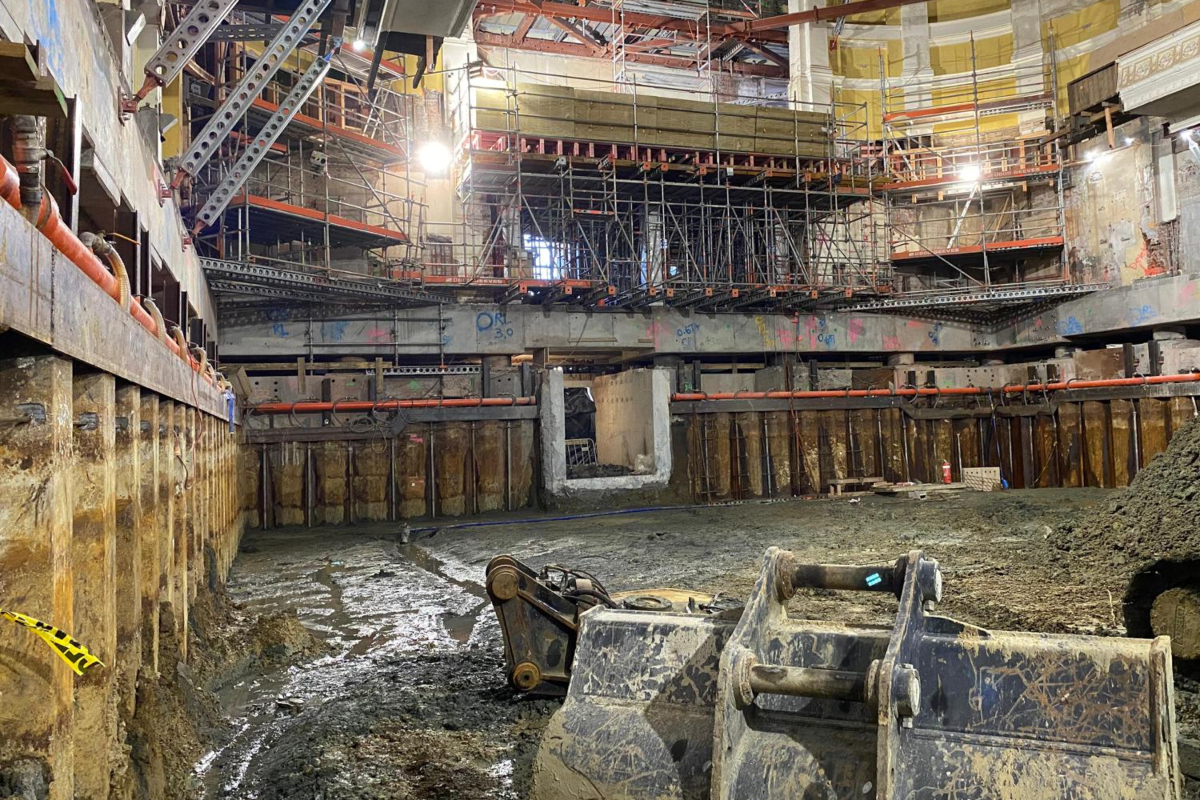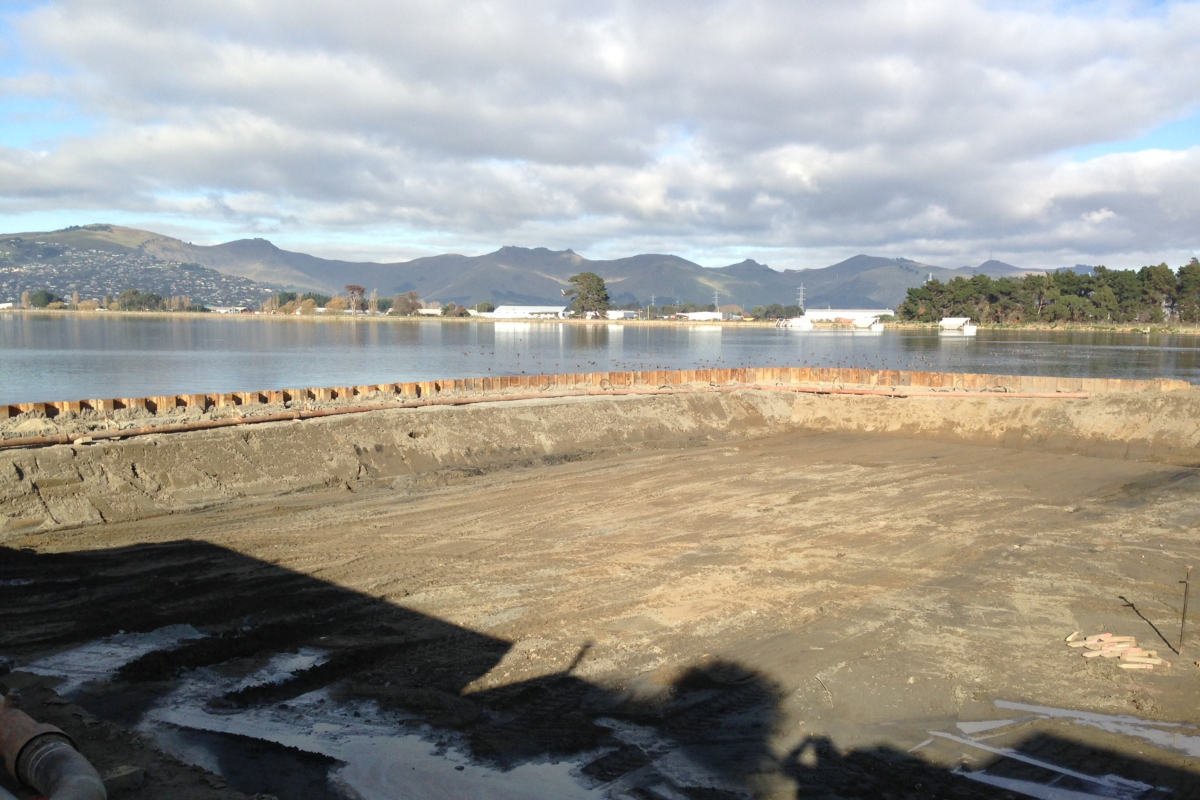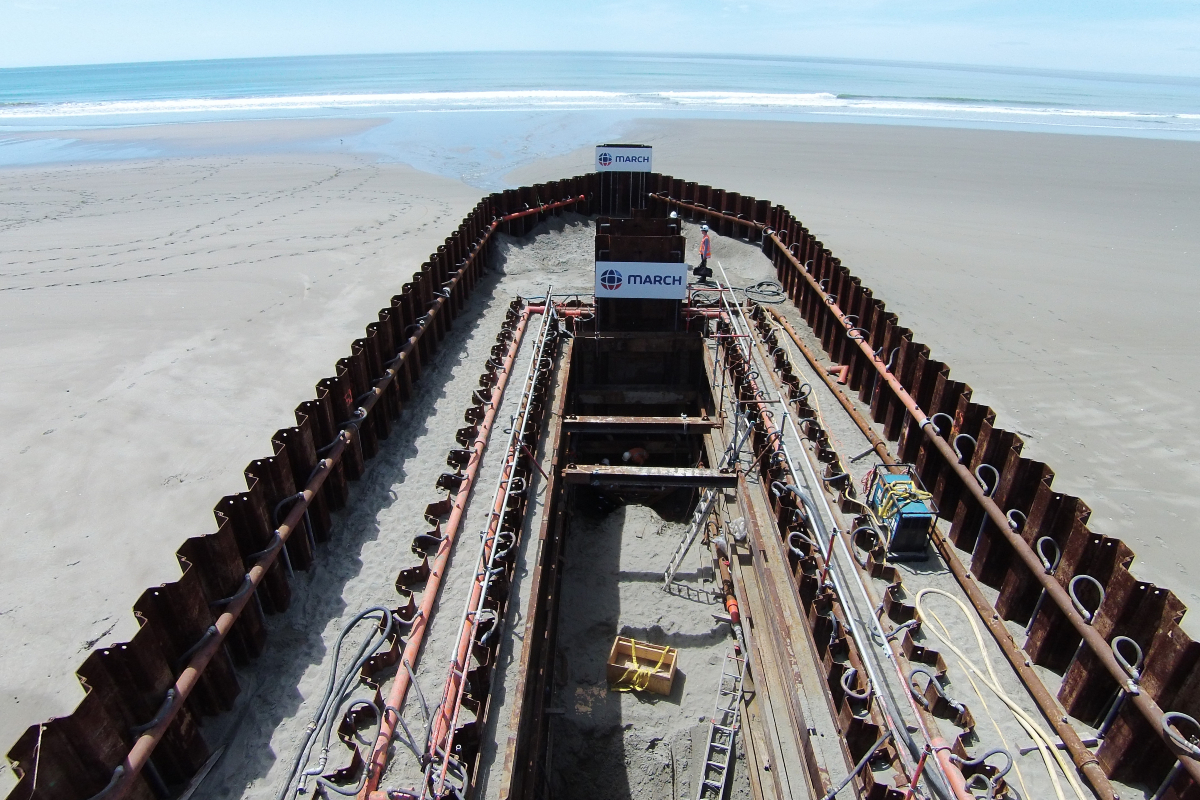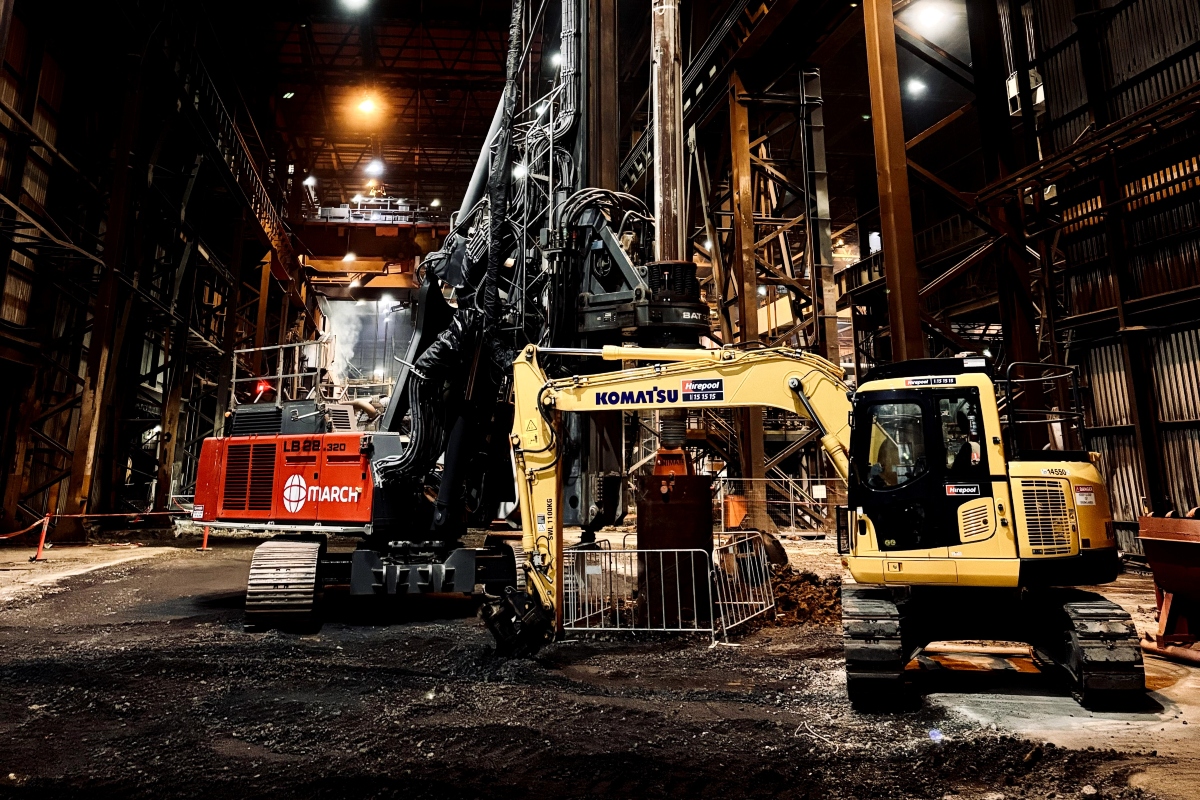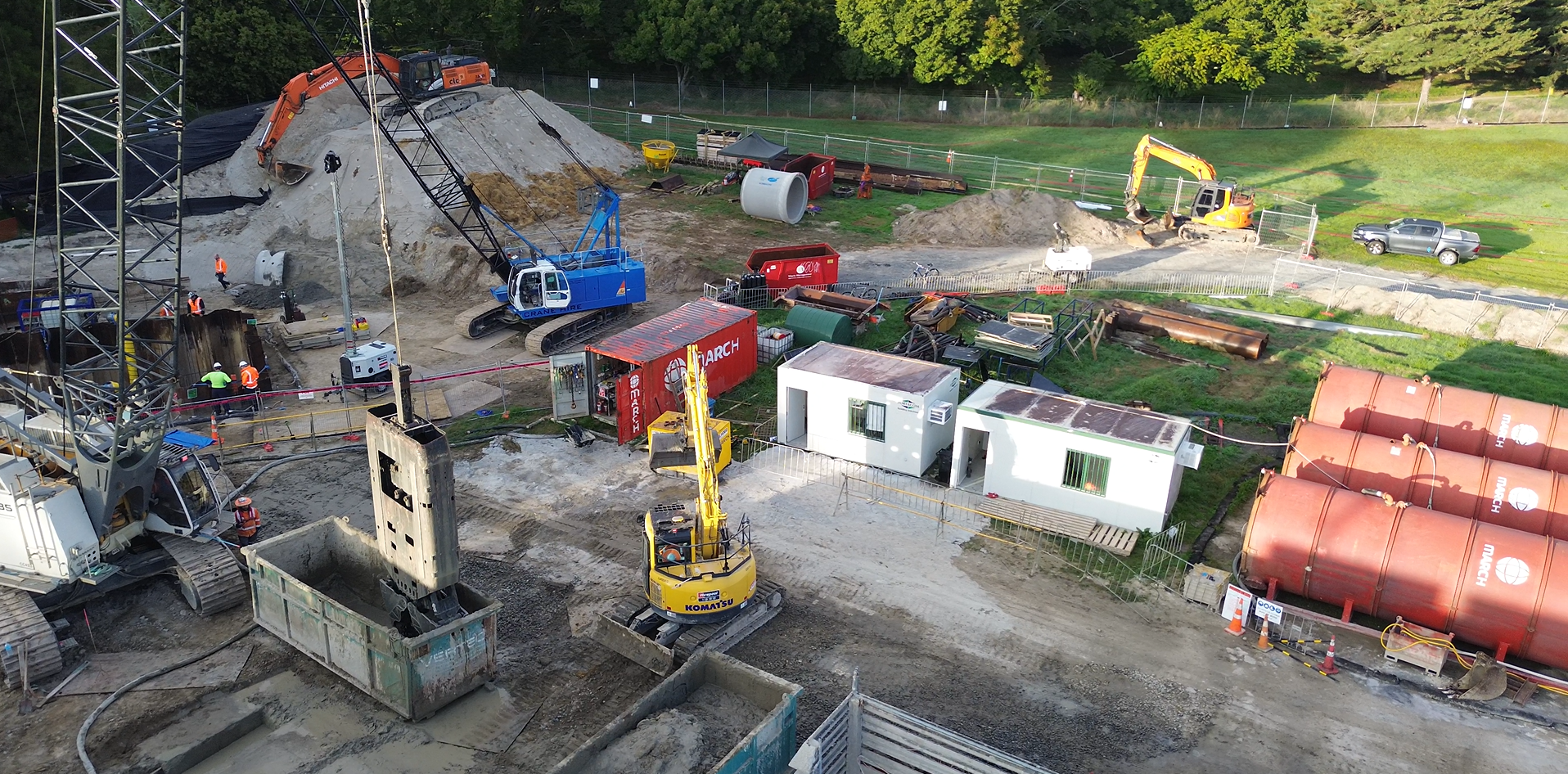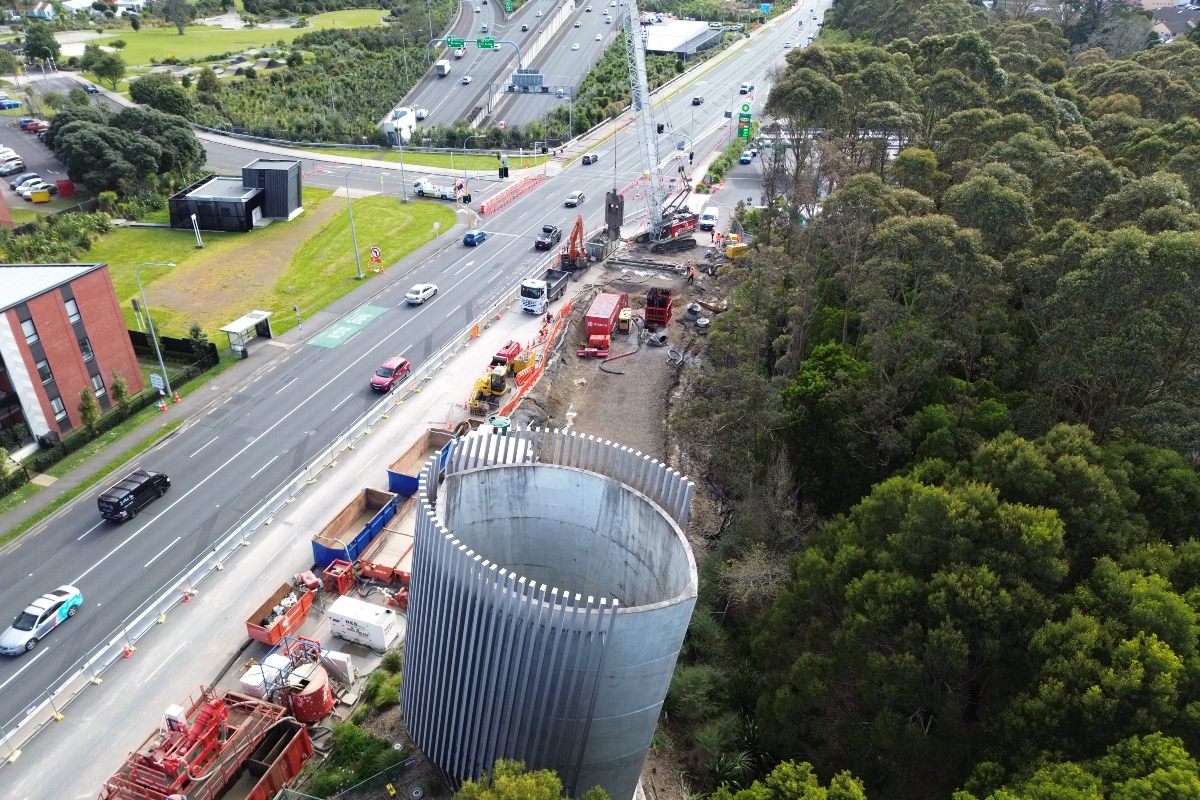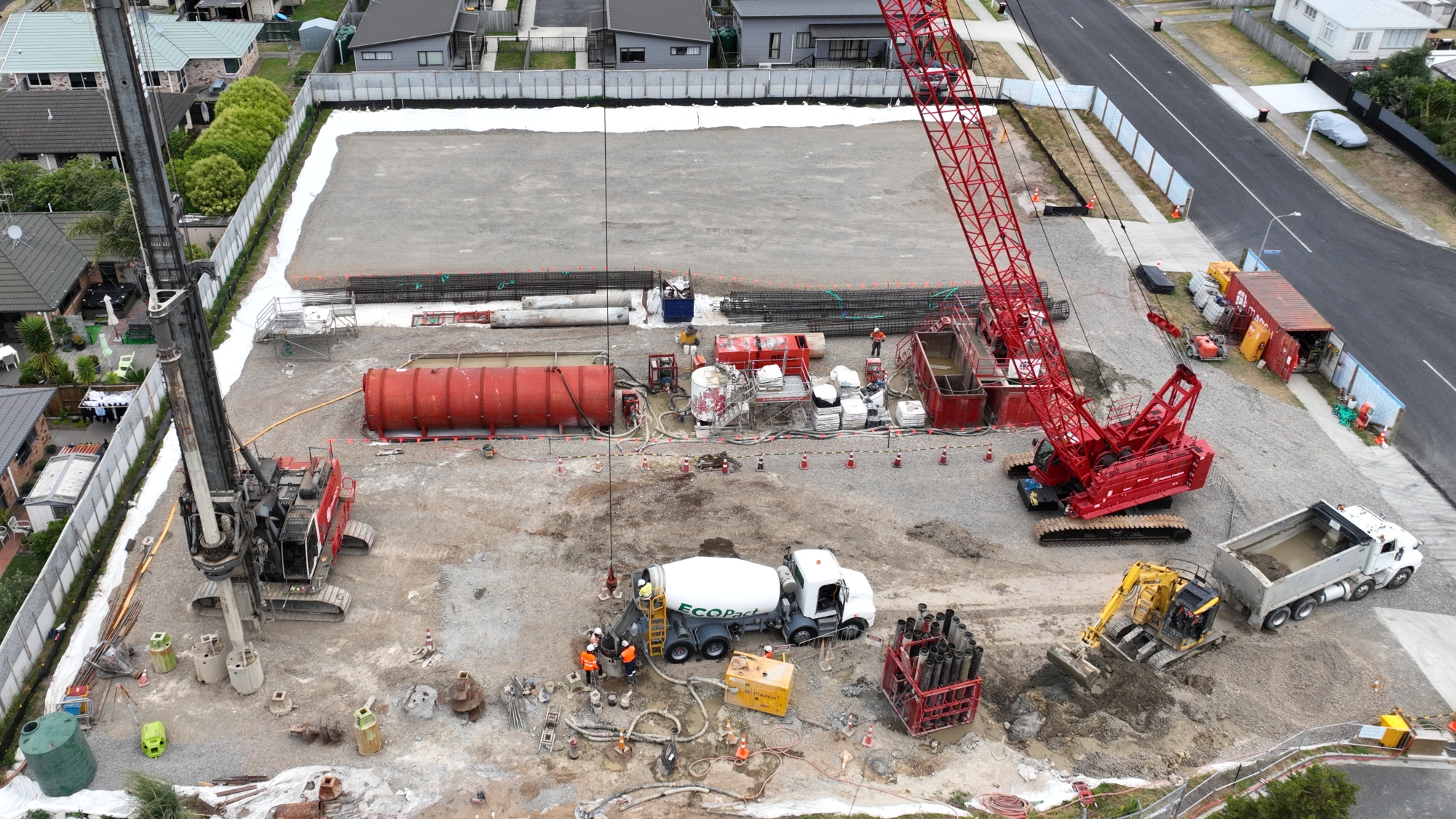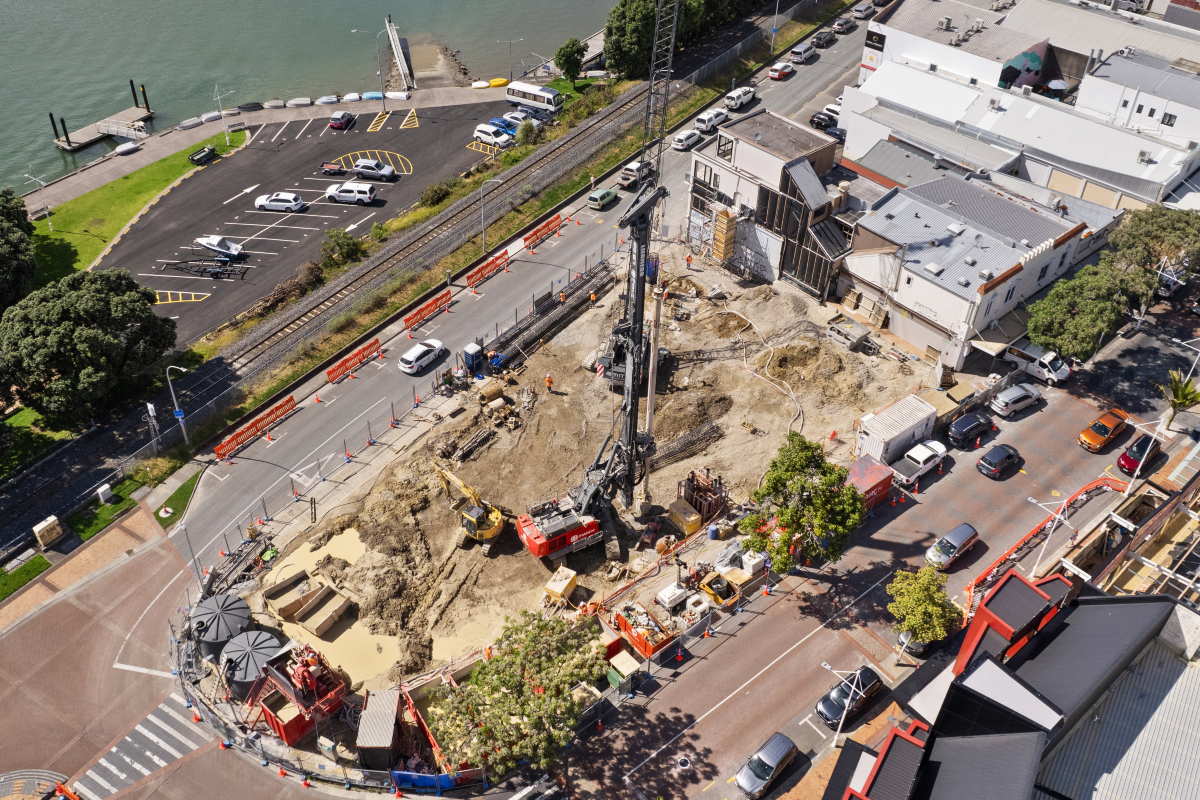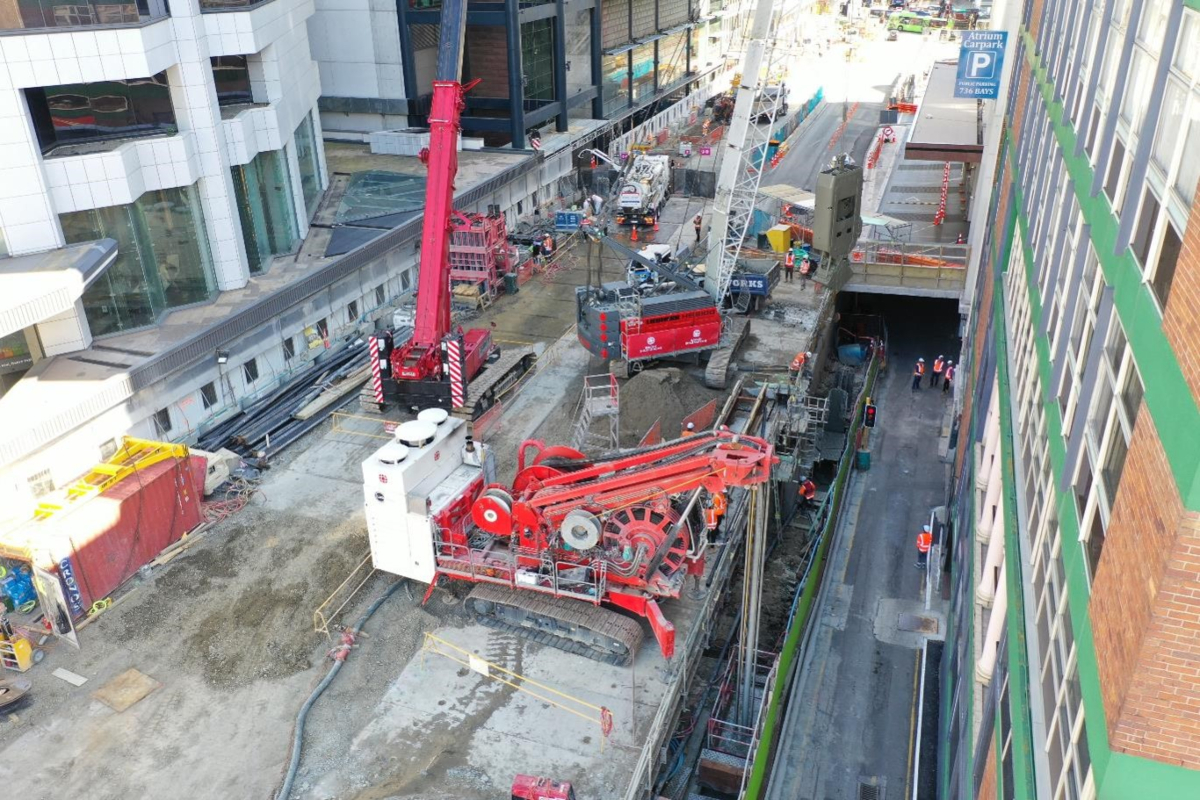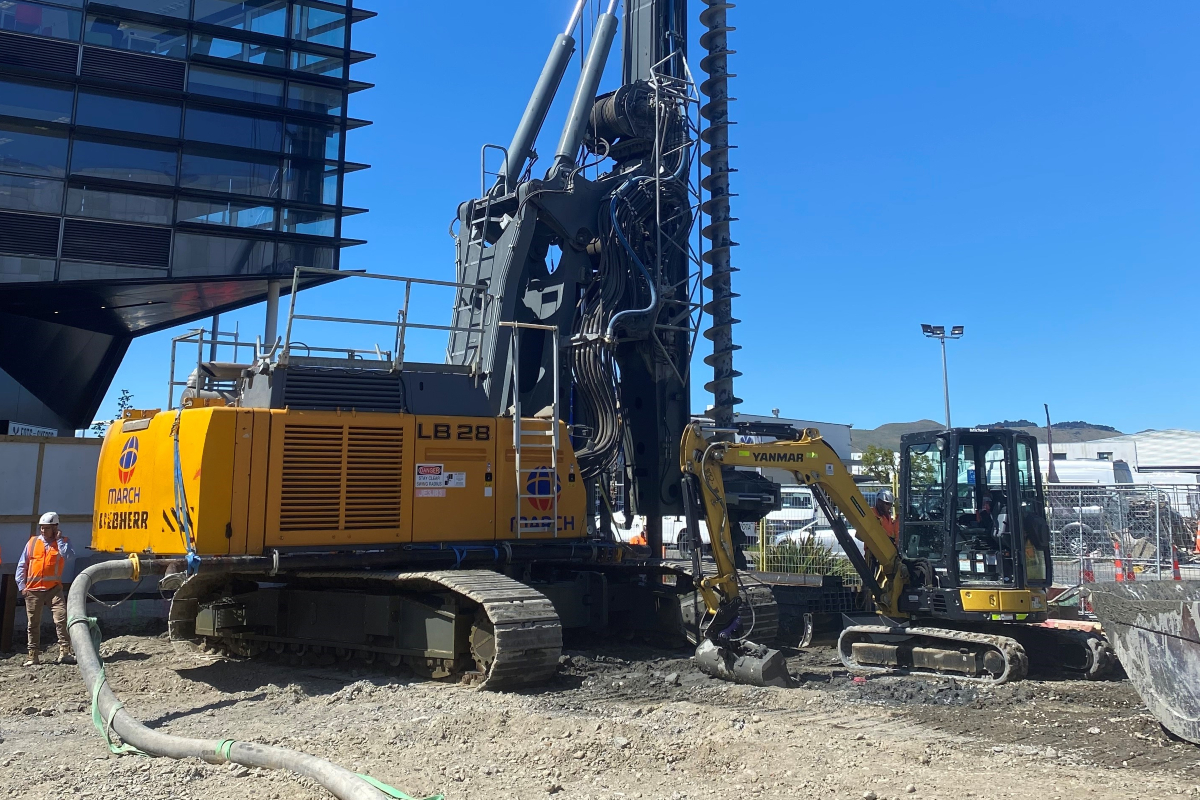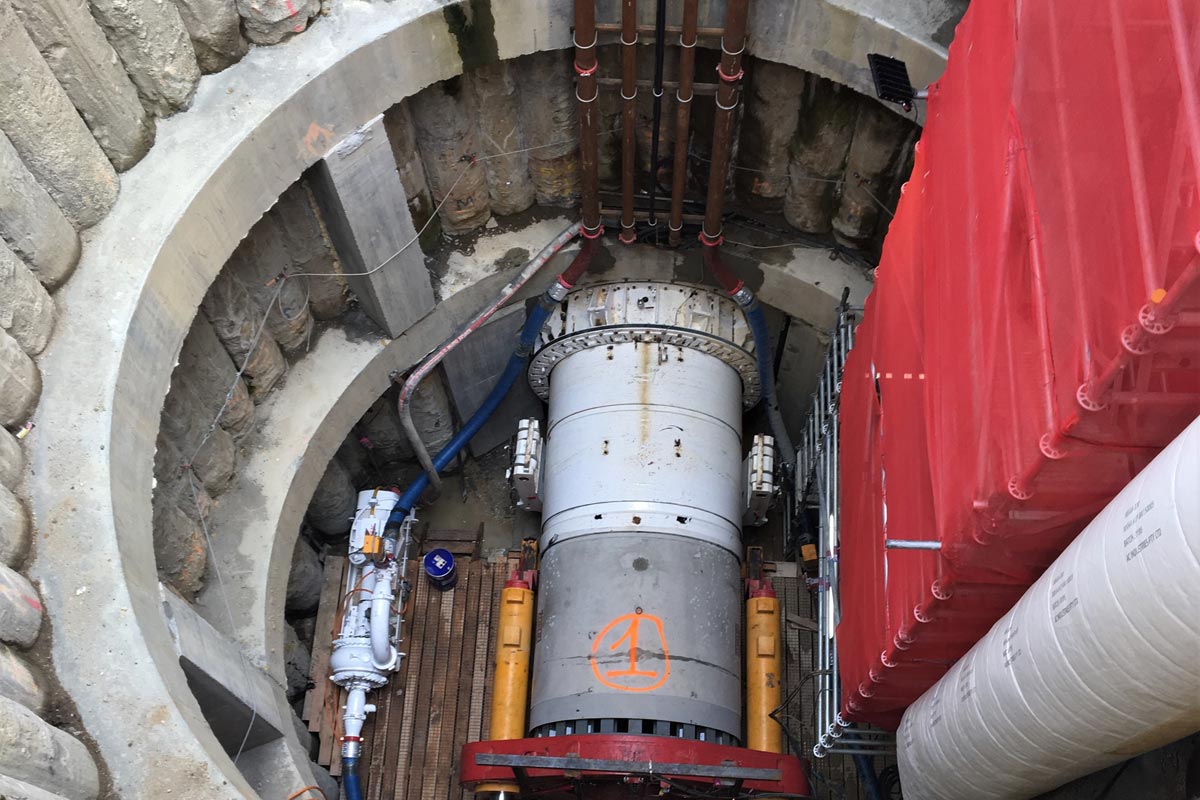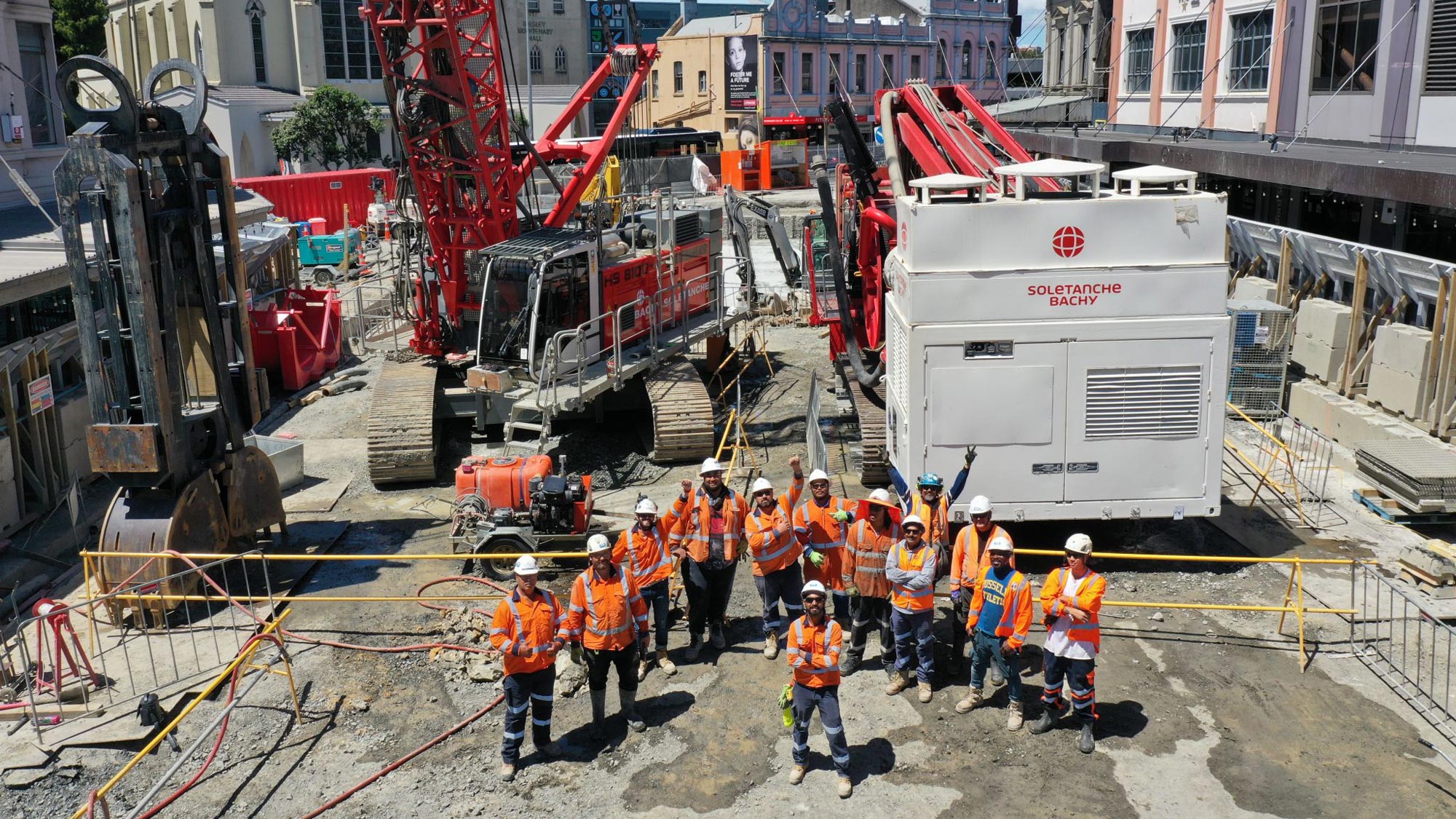Keep your excavations dry
Dewatering excavations is important to prevent water ingress and ensure a stable and safe working environment
If not done right, dewatering can lead to major issues for a project, including:
- Increased risks of accidents and instability
- Delays in construction
- Reduced foundation integrity
- Environmental impact
- Increased costs
- Legal and regulatory issues
March Construction have over 50 years of experience in dewatering in some of New Zealand’s most tricky ground conditions and the knowledge we’ve gained over this time has helped us to develop tried and tested solutions to our clients dewatering projects.
Our processes
Dewatering methods can be broadly classified into two categories: open pumping, which is a passive approach, and wells or wellpointing, which are active approaches. In open pumping, either submersible or surface pumps are used with flexible or steel suction pipes to draw water up to the surface of the excavation, where it is then removed. On the other hand, in active approaches like wells, water is drawn down by pumping mechanisms situated below the base of the excavation, and then pumped out from there prior to bulk excavation. Open pumping is suitable for shallow excavations in materials like gravel, sandy gravel, clay, and silty clays but should not be used in running sands or saturated silts as it can result in dirty discharge, which is often restricted by dewatering discharge resource consents.
Wells are part of the active dewatering approach and are used primarily in gravel and sandy gravel conditions. A driven well system consists of a steel pipe with a solid point on the bottom, designed to be driven into dense ground conditions. Vertical slots are cut into the pipe above the point to allow water to enter. Proper development of the well involves using compressed air to remove fine particulate material from the surrounding gravel, creating a free-draining column. Wells can handle high water flows and draw water from a large area but have the potential to draw in and discharge fine material or excessive water, leading to ground settlement or collapse if not managed carefully.
Wellpointing is another active dewatering approach using a series of 40mm diameter steel tubes with fine screens attached at the bottom. A vacuum-assisted pump draws water through the screens into the wellpoints and then into a header pipe, eventually discharging it into a sediment tank. Wellpointing is suitable for ground conditions with saturated fine to coarse sands and silts and can be installed in various soil types. Unlike wells, wellpointing provides a more controlled and consistent drawdown of the water table. It is the preferred approach for dewatering in saturated fine-grained materials. However, wellpointing is more expensive and time-consuming to install compared to open pumping. Both wells and wellpointing can serve as active dewatering methods by removing water below ground before excavation starts, but wells can also be used for passive dewatering if they are employed to remove surface water.
Related projects

